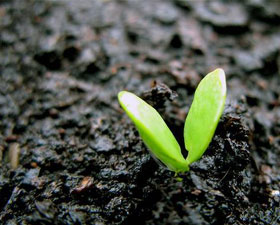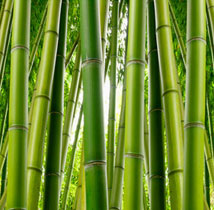Dicots & Monocots
What are dicots?

The dicots include a wide range of trees and also many small non-woody flowering plants. Many have brightly coloured flowers, but many others do not. Flowers are brightly coloured to attract pollinators, but may not be, if the flower is pollinated by the wind.
They are distinguished from the other main group of flowering plants, the monocots, by several features, including the fact that they have two seed leaves, or cotyledons (these are the first leaves that sprout from the seed). Dicots also differ from monocots in traits such as the arrangement of vascular tissue in the stem, root, and leaf, and the number of flower petals.
What are monocots?

Monocots comprise one-quarter of all flowering plants species. They include some of the largest and most familiar groups of plants, including lilies, orchids, agaves, palms, and grasses. They are quite diverse, ranging from tiny duckweeds to large palms and climbing vines.
Economically, monocots are perhaps the most important organisms on Earth. Our four most important foodscorn, rice, wheat, and barley all come from monocots. Bamboo and palms are a primary source of building materials and fibers in many tropical countries. Sugar cane, pineapples, dates, bananas, and many of our familiar tropical fruits also come from monocots.